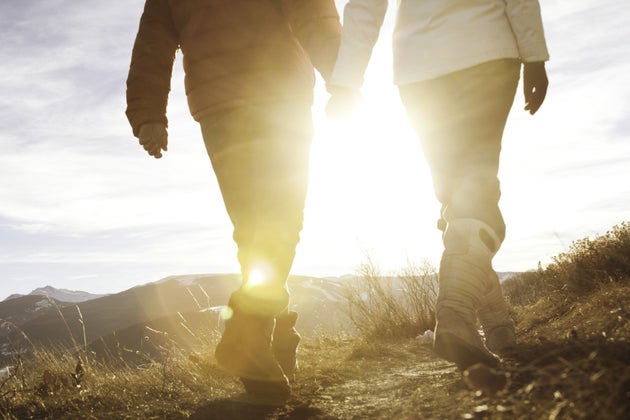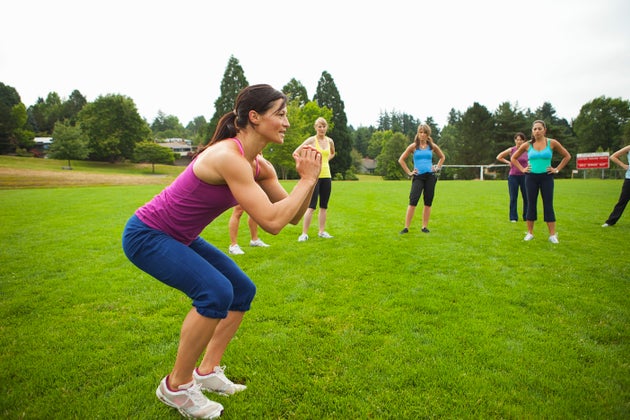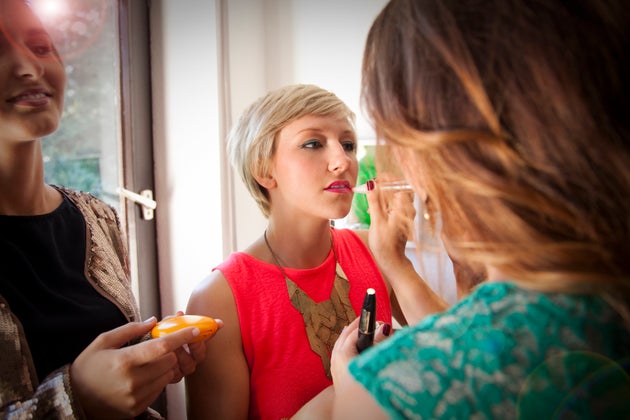Tips for makeup beginners
These days there are so many makeup products to choose from that it can be overwhelming when deciding exactly what to buy. It can be confusing and frustrating to know the difference between lipsticks, lip stains and lip plumpers, or, eye colors, eye bases and eye primers. Being new to makeup doesn't mean you need to learn about everything all at once. In reality, there are only a few essentials you need to add to your kit if you are just starting out. Save all those bells and whistles for down the road as you gain confidence in your makeup application skills. Below is a list of items that I like to call the perfect 10. These items are the basics and the essentials. No matter how advanced and ever changing a person's makeup kit is these are the items that will always remain constant.
1) Face Primer: Primer for makeup works the same way primer does for the walls inside your home. It allows for a base, and because of its consistency makeup naturally wants to stick to it. It also allows for a layer of protection from the makeup to prevent breakouts.
My Recommendation: Smashbox Photo Finish Foundation Primer
2) Liquid Foundation: Whether you prefer sheer, medium or full coverage, liquid foundation is a great way to get smooth and even coverage on your face.
My Recommendation: Revlon ColorStay Foundation
3) Concealer: Using a concealer after applying your foundation is a great way to spot treat areas that the foundation was not able to cover.
My Recommendation: MAC Studio Finish Concealer
4) Eye Primer: For the same reason we use face primer we should use eye primer. It gives our eye shadow an extra pop as well as all day staying power without creasing.
My Recommendation: Urban Decay Primer Potion
5) Neutral Eye shadow:When starting out with eye shadows for the first time it is a good idea to keep it pretty natural. While vibrant colors are great they can look out of place and unflattering if applied incorrectly. My suggestion is to buy a palette of neutrals and then work your way up to brighter colors.
My Recommendation: Urban Decay Naked Palette
6) Pencil Eyeliner: Eyeliner helps our lashes look fuller and provides a completeness to our look. Start out with a pencil liner. Once you are comfortable you can venture out into the world of gels and liquids.
My Recommendation: Make Up Forever Aqua Eyes Eyeliner
7) Mascara: Help lengthen and create volume to your lashes by using a few coats of mascara after your shadow and liner are complete. This will help you look more awake and allow your eyes to appear larger.
My Recommendation: Covergirl LashBlast Volume Mascara
8) Blush: Using blush helps bring color and life back into our face after we have muted it out with our foundation. It helps us look healthier and provides a bit of a glow.
My Recommendation: MAC Gingerly Blush
9) Lipstick:Using a lipstick helps complete our entire look. I like to compare it to the icing on a cake. Lipstick has the wonderful power of tying everything together in a neat little bow. All you need is one or two colors that suit your skin and your face and it will help any look pop.
My recommendation: NYX Matte Lipstick
10) Translucent Powder: Powder will be the final step in your makeup application. It helps set everything in place while pulling the shine out of your face.
My Recommendation: e.l.f Studio High Definition Powder
Follow Sana Alam Cordeaux on Twitter: www.twitter.com/makeupbysana






